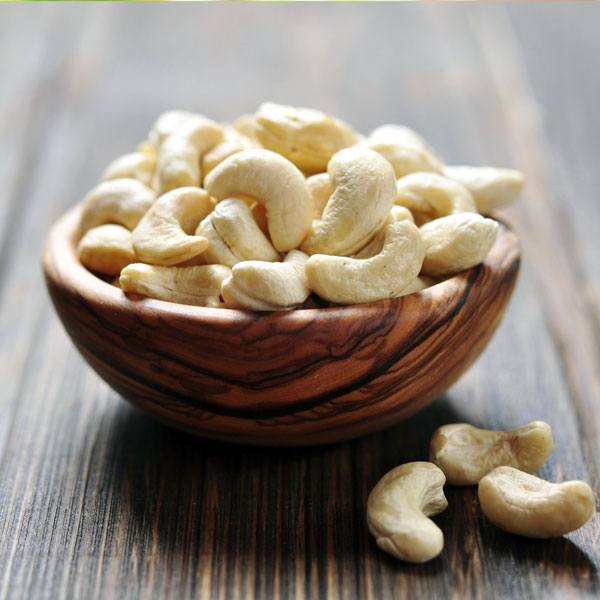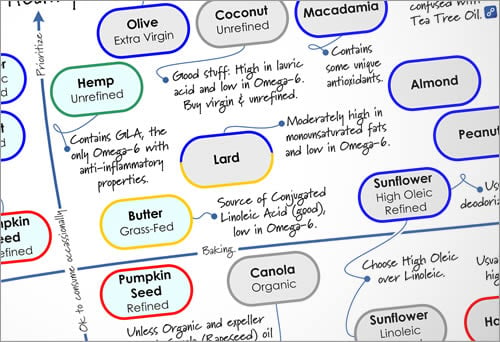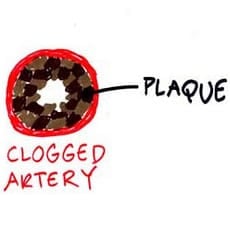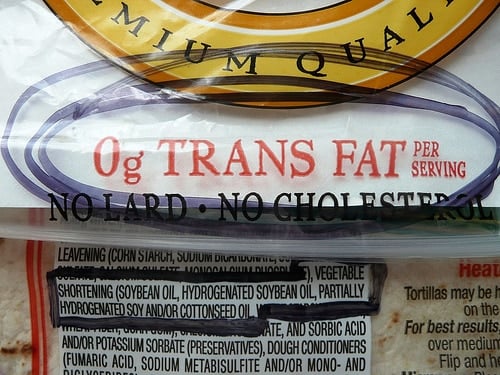How much fat should I eat?
May 14, 2010, Updated Dec 10, 2016
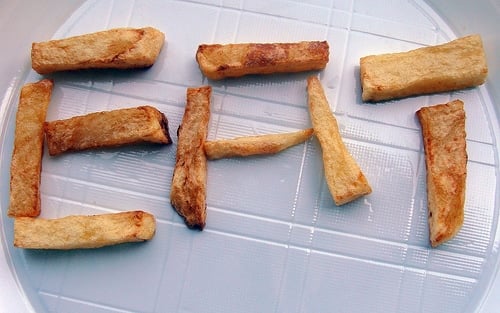
According to the 2005 US Dietary Guidelines, your Recommended Daily Intake (RDI) of fat should be 20% to 35% of your day’s calories.
That’s not at all user-friendly, since it requires you to know how many total calories you should be eating, and how much fat you’re eating, and how many calories are in that fat, and how to calculate those calories as a percentage of your overall calories.
Phew!
To start to tackle this, you need to know that quantities of foods are usually given in grams, and each gram of fat contains 9 calories.
So to figure out how many grams of fat you should be eating, you need to take the recommended percentage, multiply it by your total caloric intake, and divide by 9.
Here’s the formula (don’t be scared — it’ll be okay!):
Let’s use an example of someone who consumes 2,000 calories a day. On the low-end recommendation, 20% of calories from fat means 44.4 grams of total fat:
On the upper end of 35%, that comes out to 77.8 grams per day:
Now, it gets trickier, because there are four types of dietary fat, and each has its own recommended daily intake. Here are the recommendations, and what that means as part of 2,000 calories a day.
Monounsaturated: 10-15% of total calories = 200-300 calories = 22-33 grams
Polyunsaturated: Up to 10% of total calories = Up to 200 calories = 22 grams or less
Saturated: Up to 10% of total calories = Up to 200 calories = 22 grams or less
Trans: Avoid completely, and definitely no more than 1% = 20 calories = 2 grams max
If your calorie needs are different, use the formula above to figure out how much of each type of fat you should be eating.
Putting this all together is easy in theory, difficult in practice. You need to know a lot of information and be able to do some calculations on the fly. It does get easier, however. (This is also why Nutrition Labels include the percentage right on the label — which is always based on a 2,000 calorie diet).
Let’s try this with some real-world examples.
1 tablespoon Olive Oil = 14 grams of fat = 126 calories = 6.3% of 2,000
1/4 cup Whole Raw Almonds (30 almonds) = 18 g = 162 cal = 8.1%
4 oz Cooked Salmon (about the size of a deck of cards) = 9 g = 126 cal = 4%
1 oz Cheddar Cheese (1 slice, or the size of four dice) = 9 g = 81 cal = 4%
The Total of all these foods = 50 grams of fat= 450 calories from fat = 22.5% of 2,000 calories
Yup, this adds up really fast. That’s not a lot of food, and you’re already within the recommended range for your entire day.
But wait! There’s more! Are you getting the right types of fat in those 450 calories? Here’s the full breakdown (I’m doing a little rounding):
Olive Oil = 2 g saturated, 10 g monounsaturated, 1.5 g polyunsaturated
Almonds = 1.5 g sat, 11.5 g mono, 4 g poly
Salmon = 1.5 g sat, 3 g mono, 3.5 g poly
Cheese = 6 g sat, 2.5 g mono, 0.25 g poly
The Total of all these foods = 11 g sat, 27 g mono, 7.75 g poly.
As a percentage of our 2,000 calorie diet, that comes out to: 5% saturated fat, 12% monounsaturated, and 4% polyunsaturated, which, astoundingly enough, puts us within the daily recommendations in each category! You’d be doing great if you added lots of fruits, veggies, and whole grains to these foods, rounding it all out.
So there you have it. To learn more, I highly recommend reading Chapter 6 of the 2005 Dietary Guidelines (PDF). They include overall suggestions of how to apply these recommendations, and also list some common foods and how much fat is in each.
Any questions?
—
Photo by MyMaSs.

